Experienced flower growers know firsthand how dangerous the scale insect is. Distinguishing this insect from other pests is not so difficult: the characteristic feature is the presence of a protective coating that can easily be mistaken for a turtle's shell. Favorite habitats of scale insects are leaves, petioles and stems, to which they fit tightly with their bodies. Having found at least one of this insect on a houseplant, it is necessary to urgently start to act, otherwise, soon, not a single living flower will remain in the house.
Content
Description and biological features of the scale insect
Starting acquaintance with the scale insect, it should be said that it is a family of Pseudococcids. Beginner growers easy may mistake her for a false shield... Therefore, the task of recognizing this pest seems to be more difficult for them. You can understand who is who by the presence of a removable shell, which is necessarily present in the scale insect. If you try to remove the shell from the insect's body, and it will continue to sit on the surface of the leaf, then we can conclude that this is a scale insect.
With a false shield, this will not work, since for her the shield is part of the body. If you look at the insect under a microscope, you will notice that the false shield has the eyes on the shield. In an ordinary scale insect, they are taken directly to the larva.
The presence of a wax shield covering the body of the insect explains why it got this name. This pest is rather small and has a length of about 5 mm. However, these insects can vary in size. During the laying of eggs, the females sit on them and close them until the offspring appear. Usually females live no more than 3-4 months... Males show increased mobility, some are able to fly. However, their life span is short and is no more than two to three days.
When larvae emerge from the eggs, they begin to move throughout the plant until they can gain a foothold on it. From that moment on, they do not change their location, remaining in this state until they form a waxy shell.
Regardless of age, each of these individuals causes significant harm to plants throughout the year. For them, their food is plant sap. Moreover, even plants poisonous to humans can take a liking to scale insects. You can notice signs of damage to plants by a pest by the way young shoots begin to dry out. Subsequently, the formation of new ones stops, yellowing of leaves and stemsthat ends with their falling off. If you miss this moment and do not take timely measures, then you can lose the plant.
In most cases, scale insects are found on horticultural crops. Although they can appear on indoor plants, this happens much less frequently. But in any case, the plants suffer greatly from them, which may result in their complete death. Among all the plants that most often suffer from scale insects, citrus, palm and bromeliad should be emphasized.
How to get rid of scale insects on indoor plants?
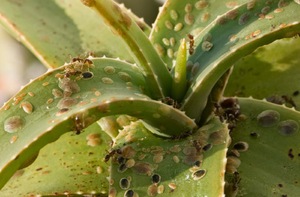 For the destruction of the scale insect and its relatives, approximately similar methods are used. It is imperative to carry out regular inspection of plants, which in such cases covered in sticky liquid... And in order not to miss a single pest, it is recommended to do this with a magnifying glass. It is important to examine the main trunk, the leaf axils, and the top and bottom of the leaves as carefully as possible. The fact is that it is these parts of the plant that attract the pest.
For the destruction of the scale insect and its relatives, approximately similar methods are used. It is imperative to carry out regular inspection of plants, which in such cases covered in sticky liquid... And in order not to miss a single pest, it is recommended to do this with a magnifying glass. It is important to examine the main trunk, the leaf axils, and the top and bottom of the leaves as carefully as possible. The fact is that it is these parts of the plant that attract the pest.
After the scabbard is found, it is necessary to transfer the infected plants to a separate place. The part of the room where these flowers used to stand must be treated with soapy water. For the complete destruction of insects and signs of disease, they are also treated with an insecticide solution. The scale insects found on the leaves and stems of indoor flowers are removed using a cotton swab, which must first be moistened with an insecticidal solution. Although some of the florists use more well-known means, like alcohol and kerosene... Although they can also be used to destroy pests, at the same time there is a risk of burns from plant leaves.
After processing, you need to prepare a solution of soap or tobacco and remove from the stems and leaves of flowers of young individuals. The easiest way to do this is using a toothbrush. When the operation is completed, it is necessary to remove the solution and wait for the plants to dry out. Next, we take an insecticidal solution and process the flower so that at the same time it gets not only on the leaves and branches, but also into the soil. At the end of the treatment, indoor plants must be covered with polyethylene. After 30 minutes, the cover can be removed. Over the next 2-3 days, we observe the plant, and then remove the remnants of the insecticide and dead insects with warm water.
Chemical preparations to combat the scabbard
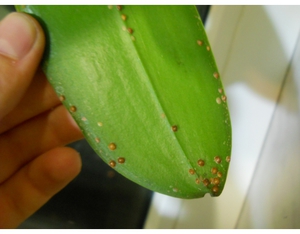 A photo of an insect allows flower growers to understand who they have to deal with. But it won't be so easy to destroy it.
A photo of an insect allows flower growers to understand who they have to deal with. But it won't be so easy to destroy it.
For greater effect, such processing is necessary spend every weekuntil there is not a single living pest left. However, you need to be careful when handling chemicals, as they can harm pets and humans. In order to avoid negative consequences, insecticides must be used in accordance with the manufacturer's recommendations.
The best results in the fight against the scabbard are shown by such drugs as:
- Actellik;
- Fitoverm;
- Metaphos.
Due to the presence of a shell, they tolerate most chemicals well. Therefore, if you have made a firm decision to get rid of these insects, you will need to carry out more than one treatment to achieve your goal.
Folk remedies
You can also cope with the shield with the help of folk methods of struggle. The most famous are:
- vinegar solution of weak consistency;
- potash green soap;
- tincture of garlic, onion or pepper.
When dealing with the destruction of pests, it is necessary to constantly inspect the plants, since in order to completely get rid of insects, more than one treatment has to be carried out. There are cases when scale insects were found on plants 6 months after the last treatment. At the same time, it is necessary to keep the windowsill and flowerpots clean.
Although scale insects are accustomed to settling on one plant, however, one should not exclude the possibility that they can spread to neighboring flowers.
This will complicate the task of killing these insects. Serious damage to scale insects is caused by frequent spraying and airing... For this reason, this should be done every day. Then you can get rid of them much earlier.
Useful tips for dealing with scabbard
Also there are a lot of other drugsthat can help defeat the shield.
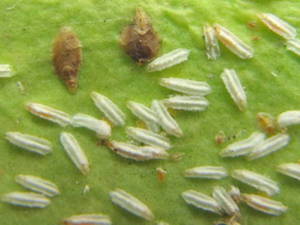 The contents of one packet of poison for the Colorado potato beetles "Aktara" are poured into a container, water is added, after which the affected plants are sprayed with this solution in three doses. It usually takes 6-8 days for the last insect to disappear;
The contents of one packet of poison for the Colorado potato beetles "Aktara" are poured into a container, water is added, after which the affected plants are sprayed with this solution in three doses. It usually takes 6-8 days for the last insect to disappear;- A popular folk remedy is a mixture based on soapy water and vodka. Leaves are lubricated with this liquid, at the same time cleansing them of scale insects. In terms of effectiveness, this tool is considered one of the best;
- Phosbecid shows good results. Therefore, it makes sense to use it for severely damaged plants. To avoid complications, it is advisable to carry out the treatment in the fresh air;
- Even if you regularly remove insects from the plants, it will not give you confidence that the plants will be healthy. A little time will pass, and scale insects will reappear on indoor plants. To exclude the return of these pests, as well as to remove traces of their presence, it is recommended to treat the plants with a garlic solution.
In order to cope with the scale insect and its relatives, you do not have to purchase expensive imported insecticides... You can destroy these pests using fairly simple and inexpensive means. However, in order to achieve the desired effect, they must be applied correctly already at the moment a sticky liquid is found on the plants. It is also necessary to do everything possible so that the agent used to combat these insects causes minimal damage to the plants.
Conclusion
 Indoor plants need not only watering, but also protection from pests, primarily from the scale insect. These insects can cause significant harm not only to indoor plants, but also to various garden crops. Therefore, the florist needs all the time monitor the condition of your favorites and when a sticky liquid is found, take action. Difficulties with the destruction of scale insects are associated with the fact that this process takes a long time. Therefore, you need to prepare for the fact that you will have to process your indoor flowers with various preparations more than once.
Indoor plants need not only watering, but also protection from pests, primarily from the scale insect. These insects can cause significant harm not only to indoor plants, but also to various garden crops. Therefore, the florist needs all the time monitor the condition of your favorites and when a sticky liquid is found, take action. Difficulties with the destruction of scale insects are associated with the fact that this process takes a long time. Therefore, you need to prepare for the fact that you will have to process your indoor flowers with various preparations more than once.
Many gardeners use modern insecticides to combat the scabbard, and rightly so. After all, it is enough to spend several sprays to completely remove them to the last insect. However, if you do not want to cause significant damage to your flowers, then you can use folk remedies... They are just as effective as chemicals and at the same time help to minimize the damage that can be caused to plants during treatment.
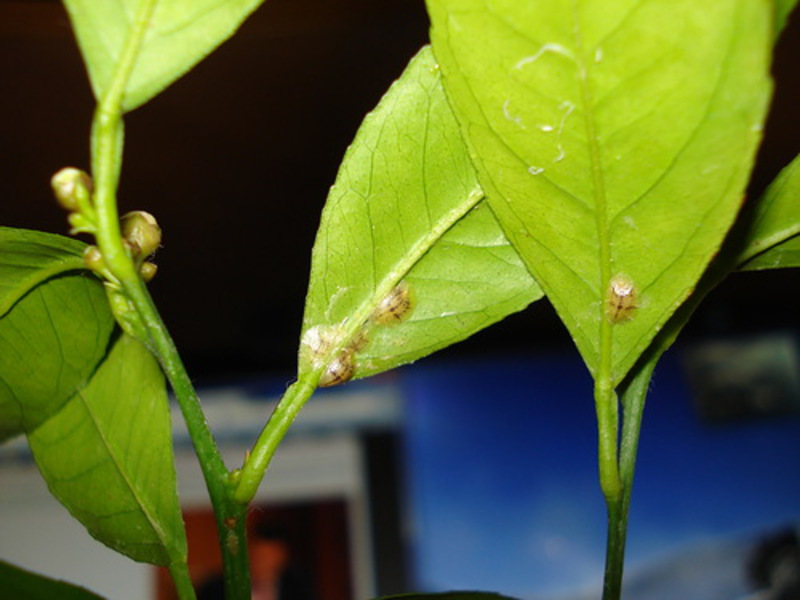
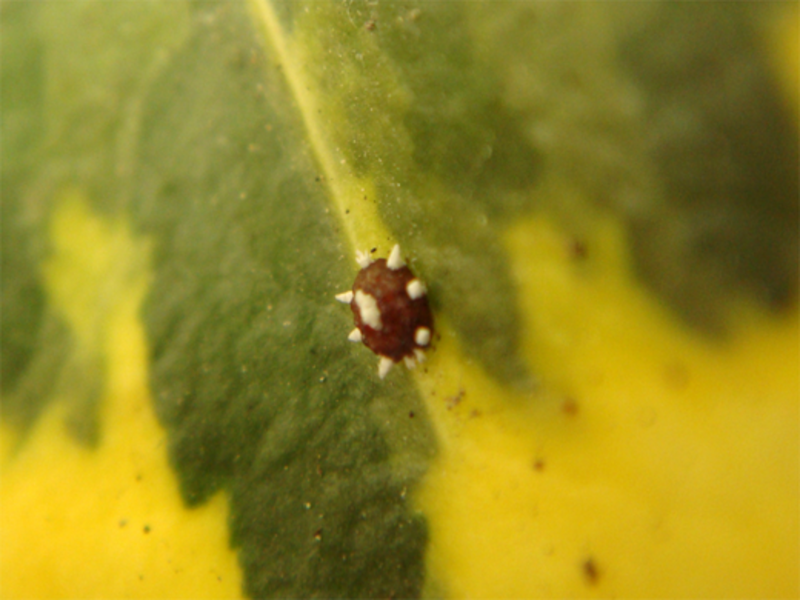
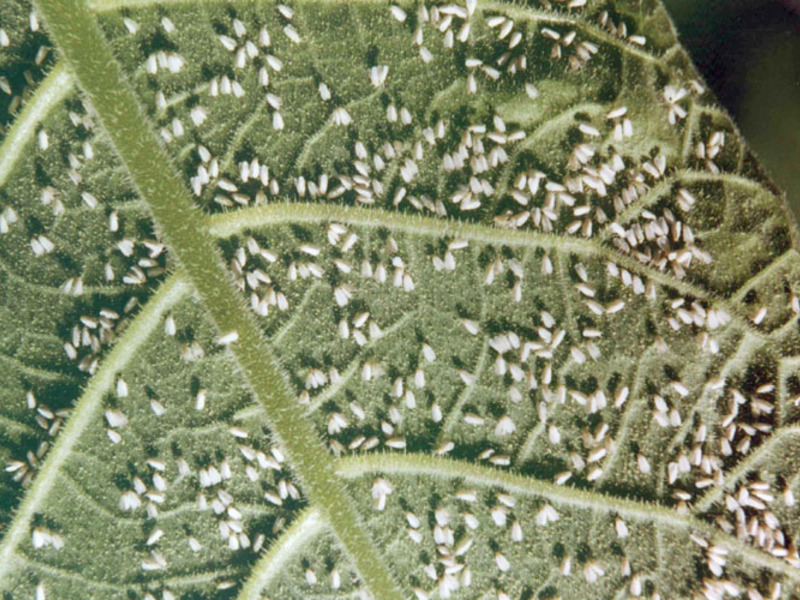
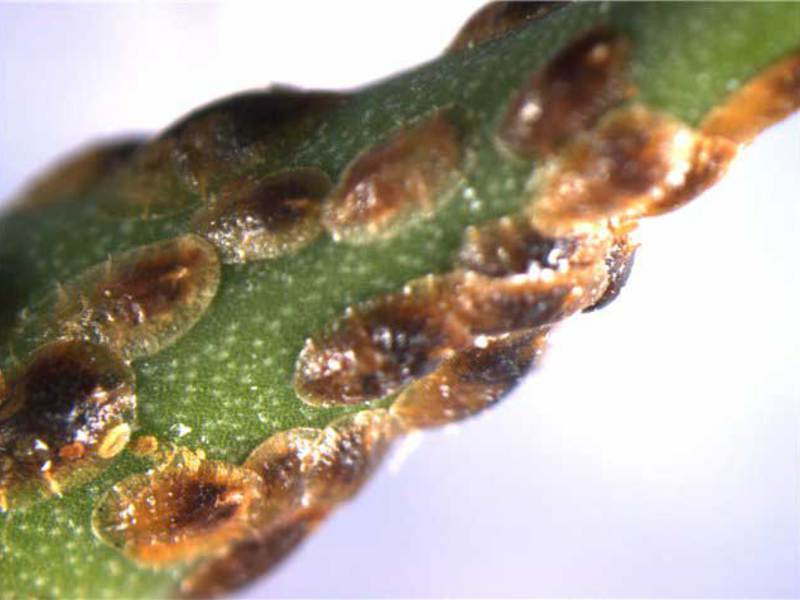
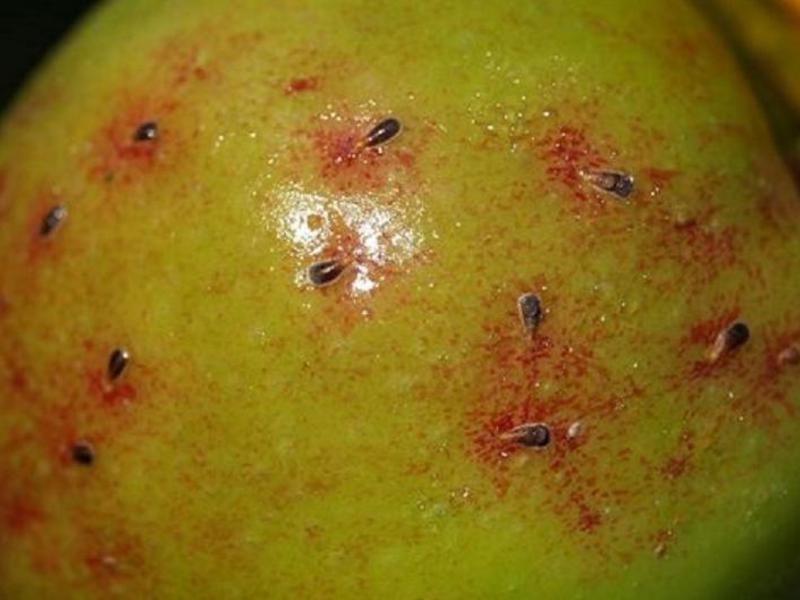
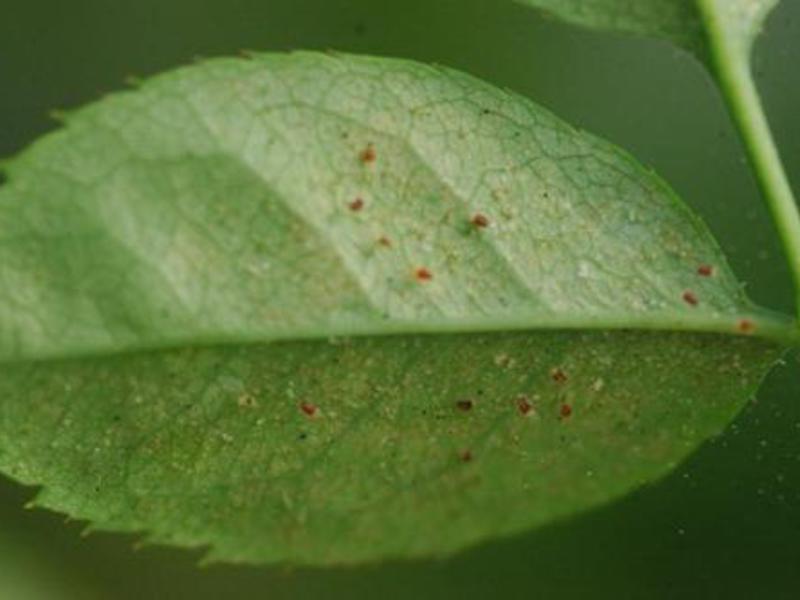
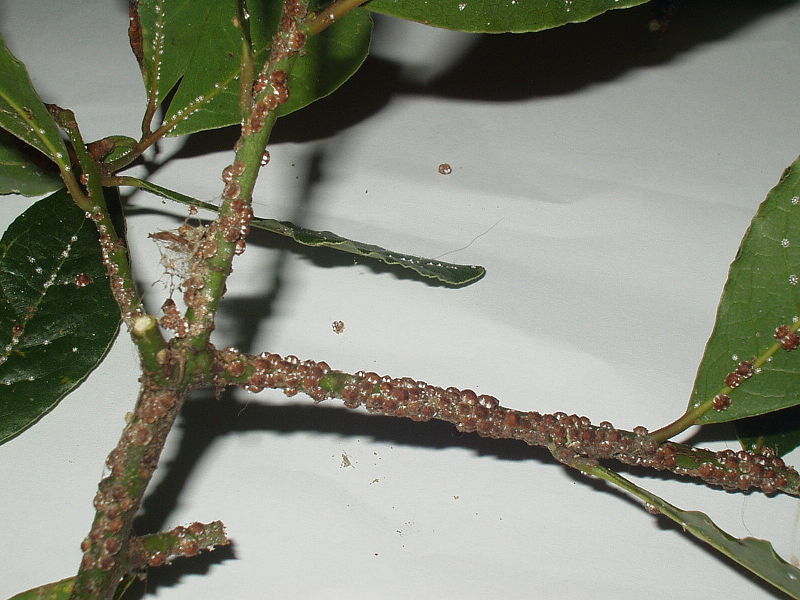
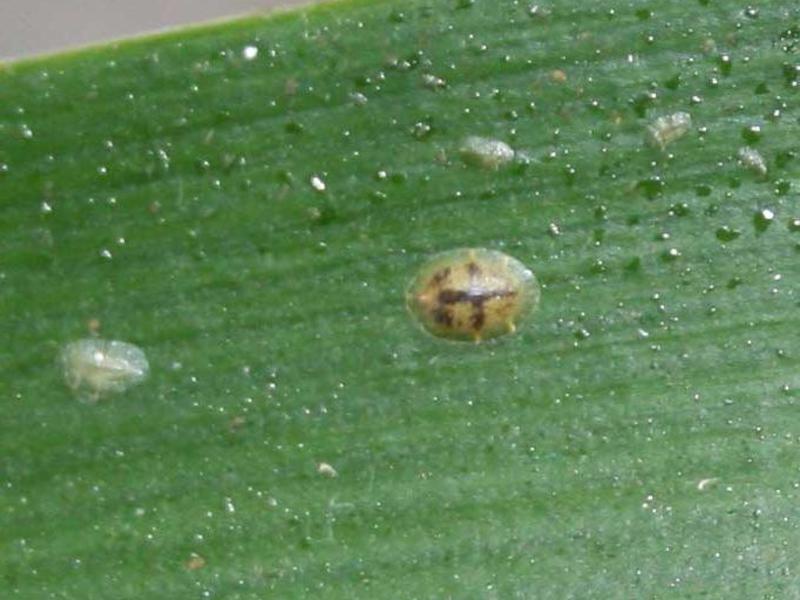
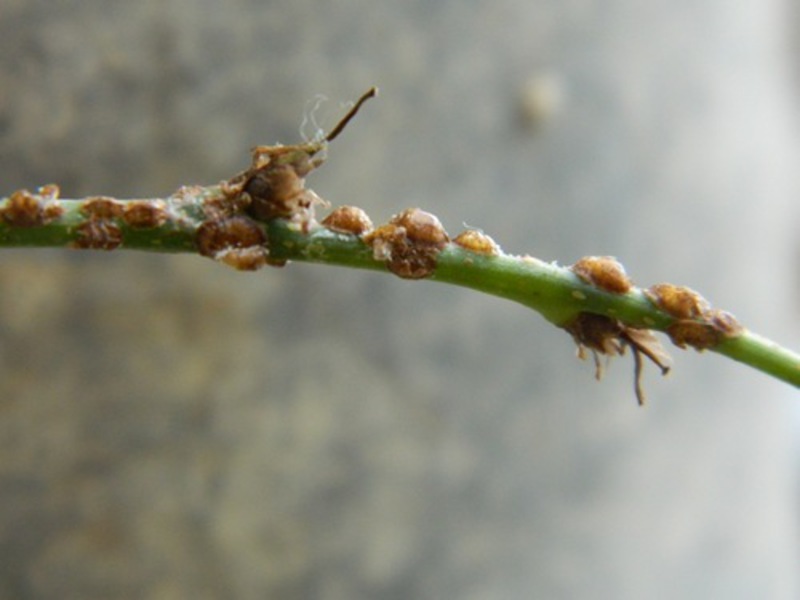
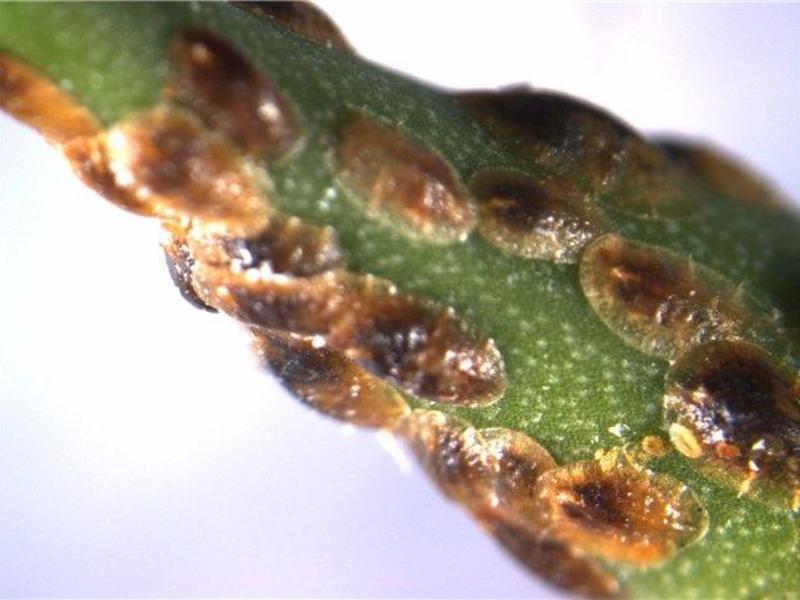
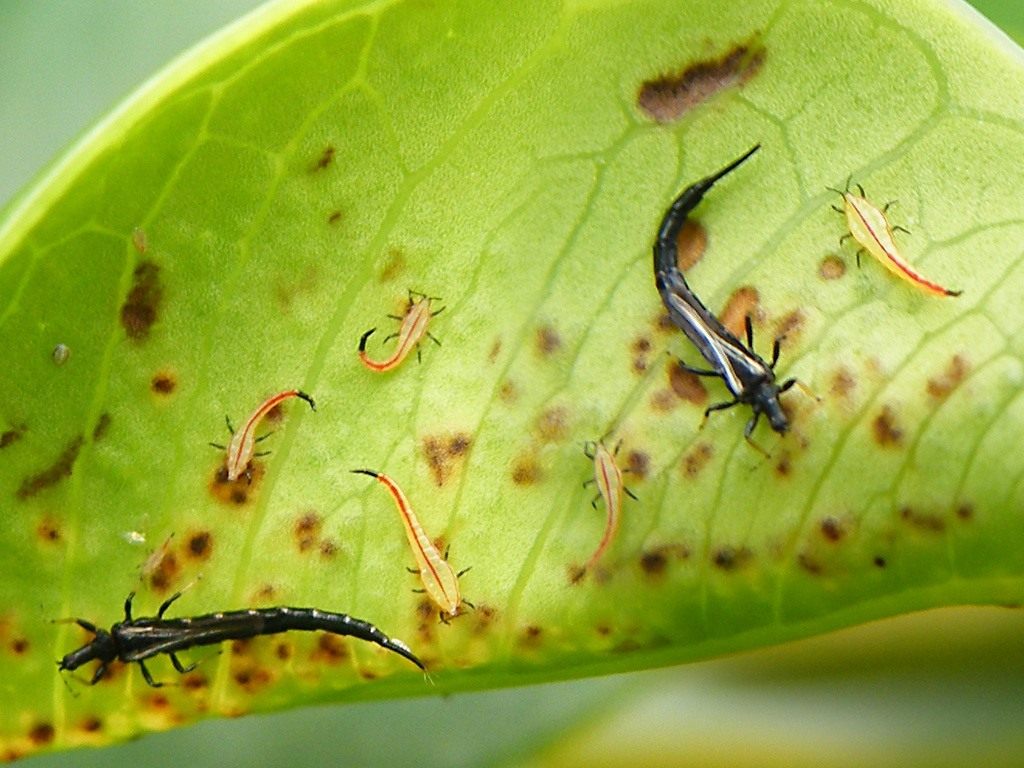
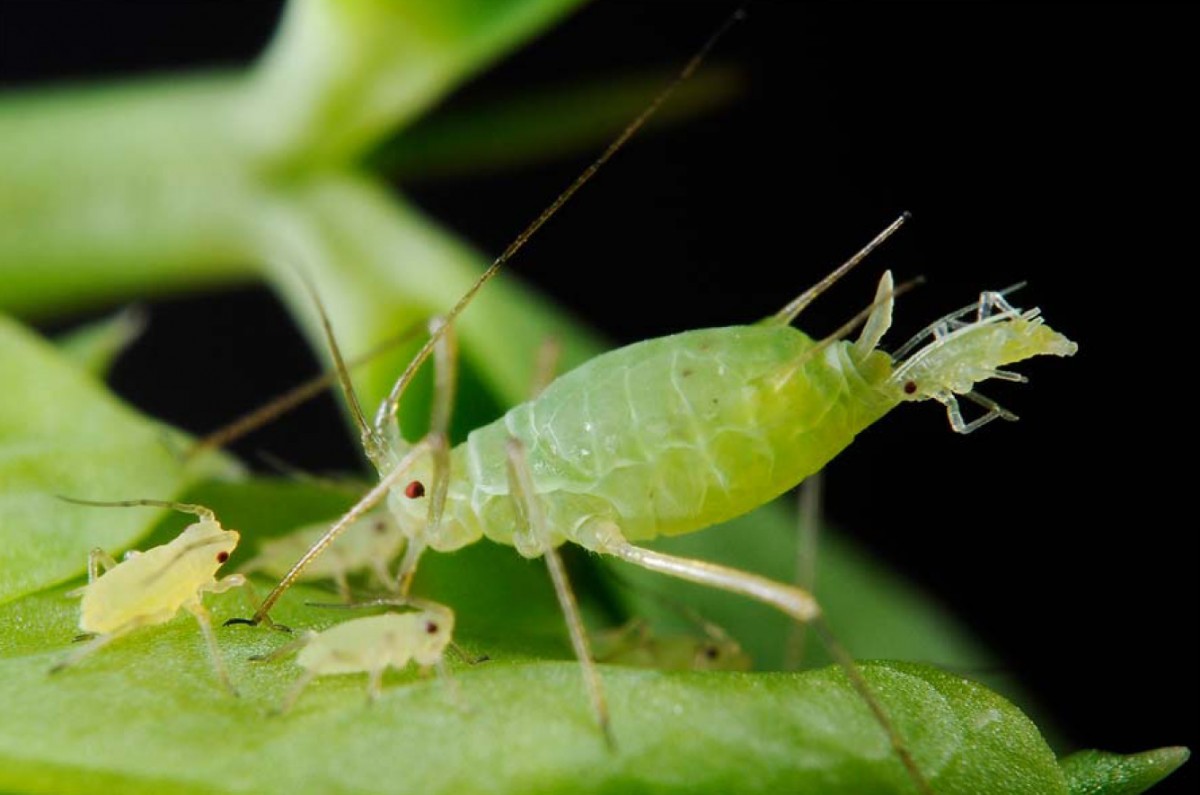
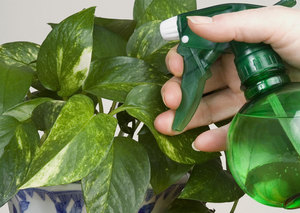
1 comment